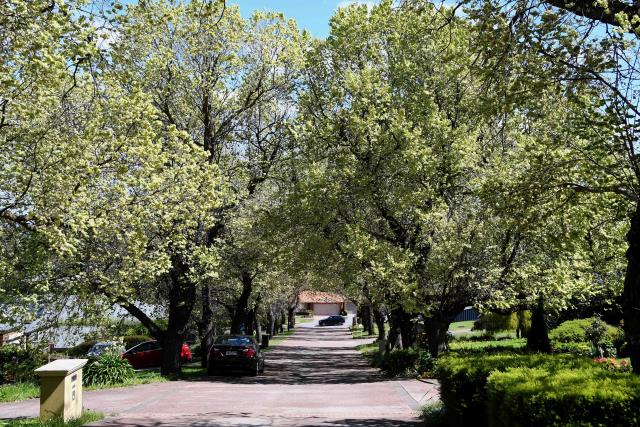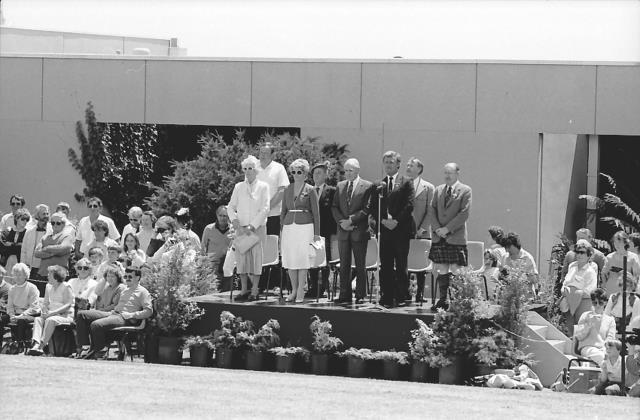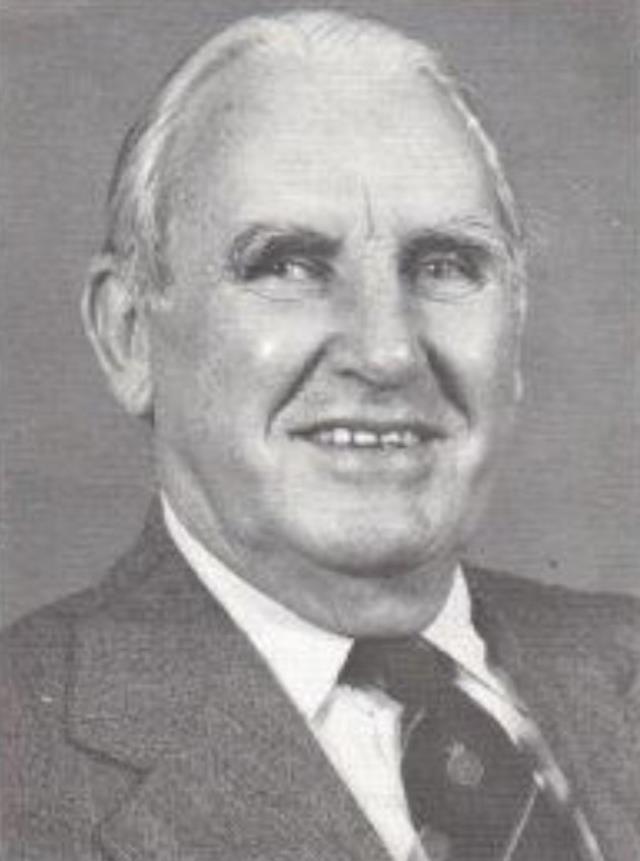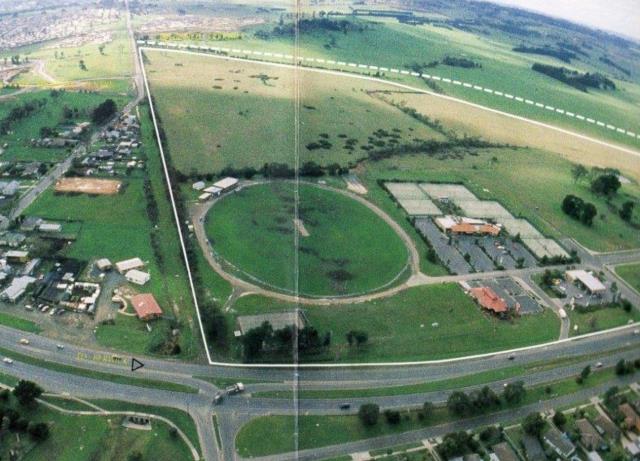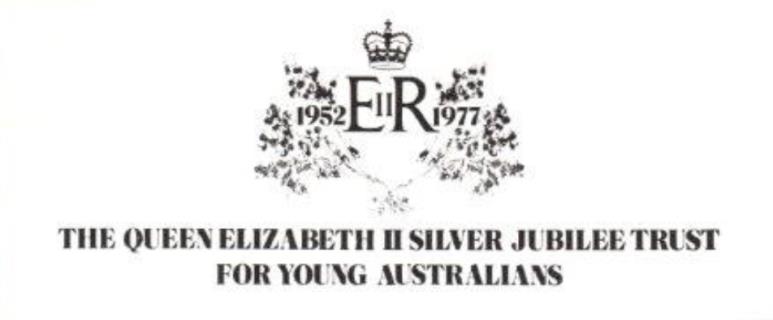In his latest look at the significance of street and place names in the region, NEIL LUCAS shares the rich history surrounding The Elms in Narre Warren.
One of the earliest settlers in Berwick was Captain Robert Gardiner, who was well-known for a number of reasons.
In 1837 Gardiner was the first owner of the property later known as Edrington and is recorded in some histories as having come from Berwick-upon-Tweed in England.
Interestingly also is Gardiner’s connection with the explorers Burke and Wills to whom he provided hospitality when they stayed at his property north of Melbourne in August 1860.
Gardiner acquired a considerable area of farming land around Berwick which included 320 acres (130 hectares) on the northeast corner of the Gippsland Road (now Princes Highway) and Narre Warren North Road.
In all, Gardiner at one time owned more than 3000 acres (1200 hectares) in the district.
Later in the 1860s Anthony Kent purchased the central section of Gardiner’s property comprising 200 acres (80 hectares) known as Granite Park and renamed it Oatlands. He then purchased the land to the north known as Ryelands and farmed there with his wife Mary and family of seven children.
In 1882 Kent built a substantial house on the Oatlands property together with large outbuildings and farm shedding. Extensive gardens were developed around the house.
On either side of the long driveway down to the Narre Warren North Road Kent planted elm trees.
Sadly, two of Anthony and Mary’s sons were killed in fighting in France during World War I and another lost his life in an accident.
Following Anthony Kent’s death in 1924, his son Robert continued farming the property into the 1930s during which time he planted a large orchard.
The apple orchard was continued by subsequent owners of Oatlands Dr and Mrs Pigdon who built a two-storey cool store constructed of granite and brick. Dr Pigdon died during the Second World War during internment in a Japanese Prison Camp.
Later owners of Oatlands were Sir Ian McLennan and his wife Dora, who acquired the property in the 1960s.
Ian McLennan was born in Stawell and as a young boy moved to Mooroopna where his family operated a flour milling business.
McLennan completed his secondary schooling as a boarder at Scotch College in Melbourne where he was Dux of the school in 1927.
Following completion of electrical engineering studies at Melbourne University, McLennan joined BHP as a cadet and rose through the ranks to a number of managerial positions prior to being appointed to the position of Chief General Manager in 1959, a position he held for eight years.
During this time McLennan sought advice from an expert geologist in relation to the possibility of finding oil. The geologist recommended drilling in the deep and turbulent waters of Bass Strait.
McLennan gave the go-ahead for a substantial investment in drilling. After discovering large quantities of gas, further drilling struck oil in 1967.
This discovery almost tripled BHP’s share price and ensured a successful future for the company.
The oil find effectively ended Australia’s status as an oil importer for many years.
McLennan was subsequently appointed as BHP’s Managing Director in 1967 a position he held until 1970. In the following year McLennan was appointed Board Chairman of BHP, and remained in the position until 1977.
Amongst a range of other significant appointments, McLennan was a director in 1976 and then chairman of the ANZ Bank from 1977-82.
In 1978 McLennan was invited to establish The Queen Elizabeth II Silver Jubilee Trust for Young Australians, which he then chaired for a number of years.
The Trust, launched in February 1977, had as its Patron His Royal Highness Prince Charles, Sir Ian McLennan as national chairman, a board of prominent Australians, and inaugural chief executive officer John Hobbs.
Almost $6 million was raised and the Trust then proceeded to make annual grants to young Australians to pursue projects of worth.
Ian McLennan was knighted (KBE) in 1963 and again in 1979 (KCMG) for his outstanding contributions in business and community activities.
These were both British Imperial Honours which were awarded to Australians from pre-Federation until they were subsequently superseded by the establishment of the Australian Honours Awards in 1975.
McLennan and his wife lived in South Yarra but visited Oatlands whenever they could to enjoy their country property.
Sir Ian arranged for the restoration of the homestead and developed a large rose garden at the property. He greatly enjoyed walking along his driveway which was flanked by the elm trees from which the street name The Elms was derived.
A farm manager was appointed and a Hereford stud established with bloodlines from South Boorok, Koolomurt, Ohio, Lochinvar, Yarram Park and Ardno.
When the Berwick City Highland Gathering was established (it ran for 25 years first at Narre Warren, and later at Akoonah Park, Berwick), McLennan agreed to be the patron, opening the first gathering in 1978 and attending most gatherings until his health prevented this from continuing.
Sir Ian McLennan died in October 1998 aged 88 years.
Elm trees planted along Oatlands driveway in the order of 100 years ago remain today on either side of the short road leading to the front gate of the old homestead.

